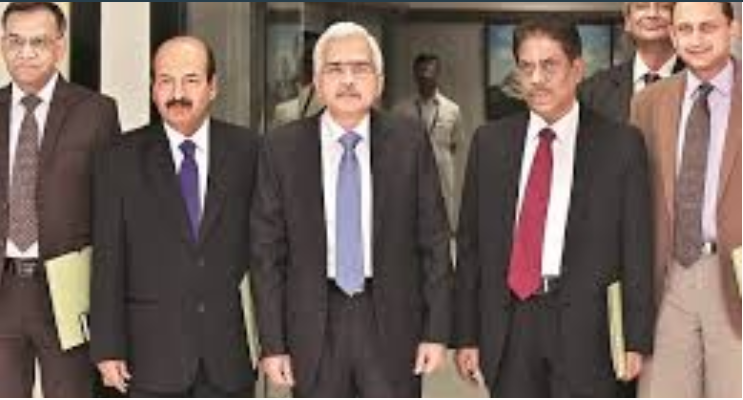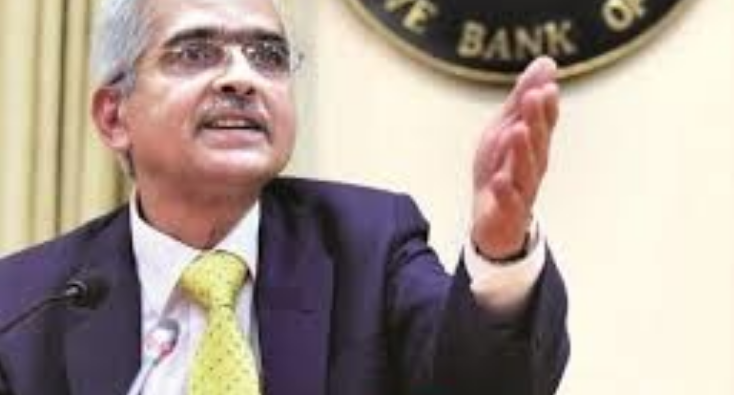Those who are eyeing the position of a deputy governor at the Reserve Bank of India (RBI) have not much time left to make up their minds as the deadline for submission of applications expires on 30 August. Early this month, the government invited applications for the post, which fell vacant after Viral Acharya decided to step down, roughly six months before the scheduled end of his term. Ahead of him, Urjit Patel resigned little less than a year before his three-year term as governor would have come to an end.
Candidates below 60 years of age (as on July 24, 2019) with at least 25 years of work experience in public administration, including experience at the secretary level or equivalent in the government of India, or in an Indian or international public financial institution, can apply for the position, says a finance ministry notification. Persons with exceptional merit and track record at the national or international level in the relevant field can also be considered. The appointment is for a period of three years but the person will be eligible for re-appointment. The post carries the pay scale of Rs 2.25 lakh per month.
While 25 years’ work experience is a tangible condition, “exceptional merit” is something subjective and up to the discretion of the appointment committee of the Cabinet of which the RBI governor is a member. Besides, the notification also makes it clear that the Financial Sector Regulatory Appointment Search Committee is “free to identify and recommend any other person also”, based on merit, who has not applied for the post. This keeps it wide open.
Interestingly, the RBI governor does not have the last word when it comes to the appointment of this particular deputy governor who oversees the markets and the monetary policy departments, among other things. In the past, governor D. Subbarao pitched for the continuation of deputy governor Subir Gokarn for another term but the late Gokarn did not get it. He was asked to hold fort till his successor was identified. Similarly, people in the know say that Raghuram Rajan was not exactly excited about Patel, who later succeeded Rajan as governor, getting a second term as deputy governor but he got that.
Who will succeed Acharya? The two names doing the rounds are Sanjeev Sanyal, principal economic adviser in the ministry of finance, and Michael Patra, executive director of the RBI and a member of the Monetary Policy Committee.
Sanyal was Deutsche Bank AG’s global strategist in Singapore until 2015. A career central banker, Patra earlier had applied for this post. Many see JP Morgan Chief India Economist Sajjid Chinoy also as a likely contender.
I am sure many will throw their hats in the ring, including people from the bureaucracy. Going by an Indian Express report, the last time this position was advertised, 91 applications were received, including from social workers, former bureaucrats and economists. Acharya, RBI’s youngest deputy governor post-economic liberalisation, the CV Starr Professor of Economics at New York University Stern School of Business (NYU-Stern), had first sent his CV to Rajan for an opening at the RBI and also asked Patel whether he should apply. His interview was conducted through video conferencing.
Under the RBI Act, the central bank can have up to four deputy governors. While insiders assume two positions, following the observations of the Joint Parliamentary Committee in the wake of the 1992 securities scam, one post goes to a commercial banker who looks after inspection and supervision, among other things (currently M.K. Jain, former IDBI Bank chief, is holding that post), and another, by convention, is meant for an economist. Incidentally, when it comes to promoting an insider, the governor seems to have a bigger say.
The “economist” deputy governor does not necessarily need to be an outsider. For instance, between January 1992 and September 1996, home-bred S.S. Tarapore was the deputy governor in charge of monetary policy. Since then, this position has been held by economists picked up from outside — Y. V. Reddy (also a bureaucrat), Rakesh Mohan, Subir Gokarn, Patel and Acharya, in that order.
Reddy, Mohan and Patel got their second terms as deputy governors; both Reddy and Patel also later became governor. The last deputy governor to leave before the end of his (second) term was Mohan. He moved to Stanford University in May 2009, a year before his tenure was due to end. Mohan, considered a frontrunner to succeed Reddy as RBI governor, lost out to then finance secretary Subbarao who took over just a week before the collapse of the US investment bank Lehman Brothers in September 2008.
Even though RBI’s monetary policy is no longer the policy of the country’s chief money man and a six-member rate setting body decides on it every two months, with a clear mandate to contain inflation within a band, the position of this deputy governor is important for many reasons. Beside the markets and the monetary policy departments, economic and policy research and statistics and information management are also typically handled by this person.
Among all deputy governors, the person holding this position probably needs to coordinate the most with the governor because of the portfolio handled. Reddy was a close confidant of governor Bimal Jalan, Mohan played the same role to Reddy and Subbarao had Gokarn by his side. No wonder there have been many instances of this deputy governor moving into the corner room in RBI’s central office in Mumbai. Before Patel, Reddy and C. Rangarajan became governors after handling the monetary policy department as deputy governors.
With recession staring at many of the global economies amid heightened trade tensions and geo-political uncertainties, foreign investors pulling money out of India and local currency losing its value against the greenback, this is a key position in the Indian central bank. No one will envy Acharya’s successor at this juncture.



